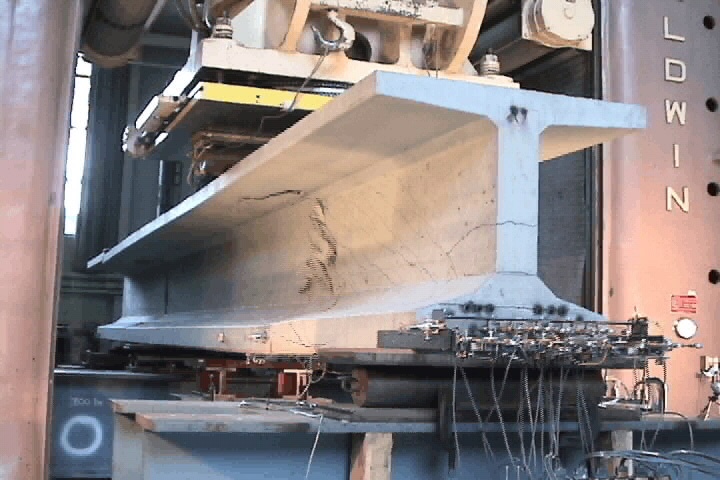|
|||||
|
Current Research:
EIT Demonstration Project and Workshop NSF: Development of a Blast and Ballistic Resistant Precast Concrete Armored Wall System NEES-CR: Impact Forces from Tsunami-Driven Debris Inspection Methods & Techniques to Determine Non Visible Corrosion of Prestressing Strands in Concrete Bridge Components Daniel P. Jenny PCI Fellowship: Analytical Assessment of the Resistance of Precast Strucutres to Blast Effects Development of a Seismic Design Methodology for Precast Diaphragms Use of Polyurea for Blast Hardening of Concrete ConstructionEstimation of Concrete Respone Under Varying Confinement Past Research Projects Performance of Bulb Tees with Self Consolidating Concrete Evaluation of Bond Mechanics in Prestressed Concrete Applications FRP Bridge Decks with RC Parapets Blast Resistance of a Load Bearing Shear Wall Building Reserarch Experinece for Undergraduates Seismic Evaluation of a Three Story WoodFrame Apartment Building with Tuck-Under Parking |
Applicability of Self Consolidating Concrete for Use in Precast Bridge Beam Construction
Abstract:
Researchers:
Sponsors:
Other Participants:
Publications:
Page Last Updated Wednesday, 29-Jun-2005 12:06:47 EDT |
||||


